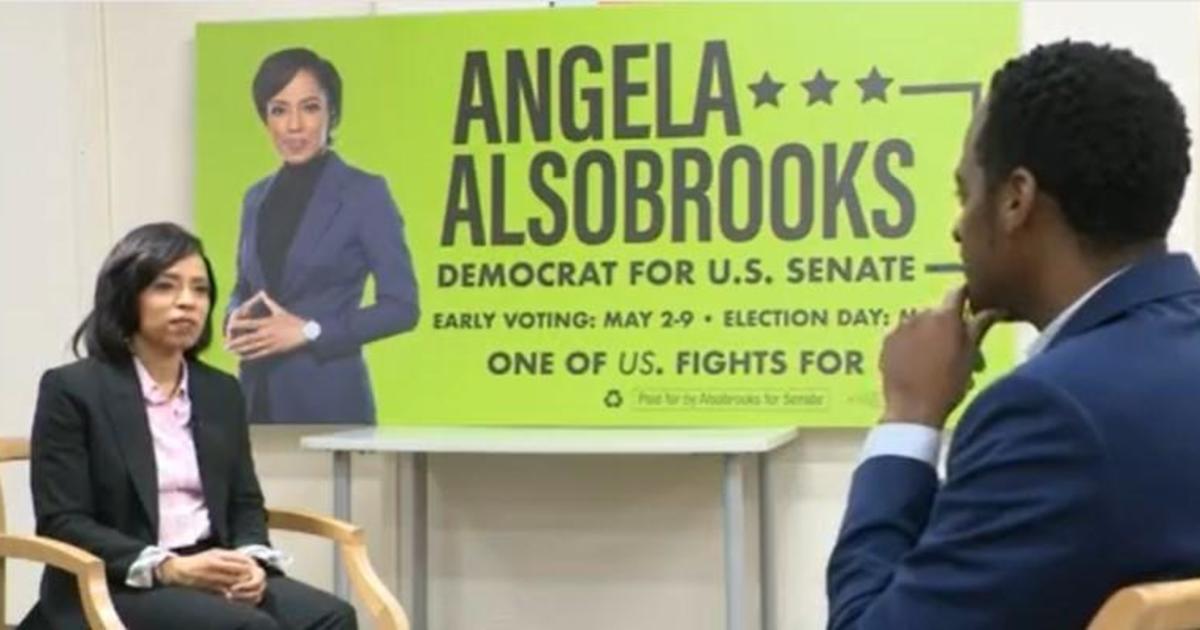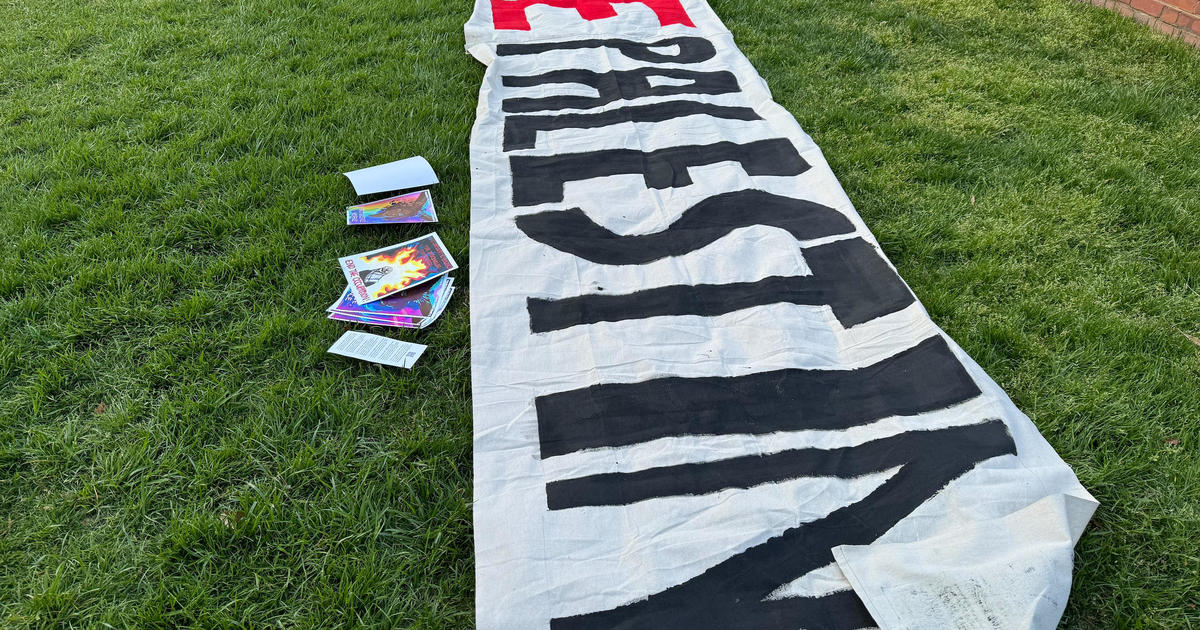1 Out Of 5 College Park Freshmen Start In Spring
NICK ANDERSON
The Washington Post
COLLEGE PARK, Md. (AP) -- About 1,100 students are making their debut as freshmen at the University of Maryland in the new spring term under an unusual arrangement that delayed their admission until space opened up at College Park.
The spring freshmen, who started class last month, join about 4,000 who started in September, expanding the freshman class by more than 25 percent. The scope and method of the university's alternative admission system sets the school apart from most of its peers in the Washington region and elsewhere.
Spring admission, which has grown enormously at the university in recent years, helps keep dormitories and classes at capacity when students graduate in December, go overseas or leave campus for other reasons. That bolsters the university's financial bottom line. It also helps the university strike a balance between the conflicting goals of selectivity and accessibility, which is always a challenge for a prestigious public university.
Among the newcomers on campus is Mackenzie Thomas, 18, from Gettysburg, Pa., who moved into a three-bed room in Dorchester Hall on a recent frigid Saturday with help from her dad.
"Ever since fourth grade, I've always wanted to come here," Thomas said. Last year, she won an offer of admission. There was a condition: She had to wait until January. "It was kind of a bummer, because I wanted to move right away," Thomas said. "But I think it actually worked out best for me."
Many colleges admit freshmen year-round. The schools' urgency to fill seats and reap tuition revenue has intensified in recent years amid a turbulent higher education market as the number of students graduating from high school has declined.
But among selective schools, the University of Maryland's practice of offering delayed admission to a substantial number of prospective freshmen is far from the norm. The state's flagship public university receives more than 26,000 applications a year for fall admission as freshmen. About 12,000 are offered entry for the fall term and 4,000 for the spring.
On the whole, the spring freshmen appear to have somewhat lower SAT admission test scores than their fall counterparts.
Among students offered entry for spring 2015, university admissions director Shannon Gundy said, the middle half scored within a range of 1160 to 1260 on the mathematics and critical reading portions of the SAT. The latest federal data show that the comparable SAT range for University of Maryland freshmen entering in fall 2012 was 1190 to 1410, out of a maximum 1600.
But university officials say the spring entrants have excellent academic credentials and thrive at the university. One was editor in chief of the student newspaper; another became a student body president.
"They're really great students," Gundy said. "We hated having to turn them away, and this is a way for us to accommodate them. It's sort of a win-win for the students and the university."
Preliminary data show about a third of this year's freshmen -- whether entering in spring or fall -- are from out of state. Maryland residents pay $9,161 a year in tuition and fees, not counting room and board. The out-of-state rate is $28,347.
Several prominent schools in Virginia, Maryland and the District of Columbia -- including the University of Virginia and Georgetown, George Washington and Johns Hopkins universities -- said they generally do not offer winter or spring admission to fall freshmen applicants.
George Mason University, the largest public university in Virginia, admits a few spring freshmen each year. But Wayne Sigler, vice president for enrollment management at GMU, said the university should consider expanding that pathway because "it does serve students and does provide access."
Nationally, the idea appears to be gaining some traction.
Preliminary results from a recent survey by the National Association for College Admission Counseling found that 17 percent of 299 responding colleges offer deferred admission to fall applicants. Middlebury College in Vermont, which has done so since the 1970s, is a pioneer. So is the University of Southern California.
"We've been doing it for about 15 years," said Timothy Brunold, dean of admission at USC. "It's been quite successful." In August, about 2,900 freshmen started at the private university in Los Angeles. In January, about 500 started.
Brunold said spring freshmen are in no way considered second-class. "Because this is such a common occurrence, there isn't a stigma associated with it," he said.
At the University of Maryland, spring admission has been an option for many years but has expanded significantly in the past decade.
In 1994, the university enrolled 276 freshmen for the spring term. They accounted for 8 percent of first-year students. Ten years ago, there were 400 spring freshmen, or 9 percent of the total. Now the share is 21 percent.
Fueling the expansion is a program launched in 2006 called Freshmen Connection, which enables spring entrants to get a head start in the fall. It echoes a similar bridge-building initiative for spring freshmen at the University of California at Berkeley.
Participants take part in university activities and enroll in an extension program that offers dozens of University of Maryland courses during "off-peak" hours. Faculty teach from 3 p.m. to 9 p.m. Mondays through Thursdays and 8 a.m. to 4 p.m. Fridays. Participants have generally lived off campus. Next fall, the university will for the first time offer some on-campus housing if space is available.
Alex Kalter, 18, a spring freshman from Boca Raton, Fla., said the fall program gave him a seamless entry to College Park. He took classes in pre-calculus, microeconomics and other subjects. He lived in an off-campus apartment on U.S. 1 with other spring freshmen, went to football and basketball games and joined in campus social life. "It was a great way to ease into college," he said.
Kalter said his father and other close relatives are University of Maryland alumni. He said he wasn't thrown off-stride when offered spring entry instead of fall. "Anything I had to do to get here, I wanted to do," he said.
Mackenzie Thomas also took classes through Freshmen Connection, commuting from Gettysburg, Pa., and spending some nights with an aunt in the District of Columbia. She joined the University of Maryland cheerleading squad in August and is planning to study kinesiology. Now she is rooming in Dorchester, just behind McKeldin Library, with two other spring freshmen, one from Hamilton, N.J., and one from Carroll County, Md. Bunk bed, loft bed, dressers and desks are packed tightly into their room.
Marvin Thomas said spring entry to the university was an easy choice over fall offers his daughter received from other schools. "It's basically a launching pad to wherever you want to go," he said.
(Copyright 2013 by The Associated Press. All Rights Reserved.)



